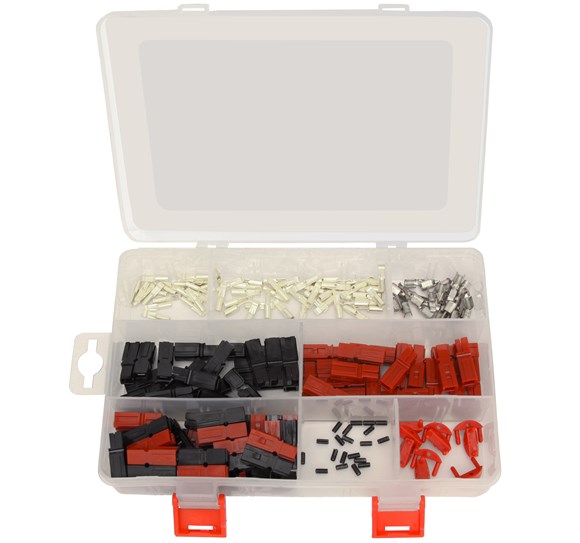They used to be “ice boxes”. Then Frigidaire started making electric refrigerators and other companies followed. But everyone called them all Frigidaires. Now they are called “Frig”.
Point is that we invent words all the time instead of using a proper existing word.
There is a difference between coolant and antifreeze and we use the words interchangeably. And no one cares.
Truth is that people got lazy and decided to use the trademark names to identify common items more easily. Just like "Coke" has been used to describe any kind of dark-colored soda in restaurants for multiple decades. Forcing the proceeding generations to use those widely accepted names for items within those categories.










